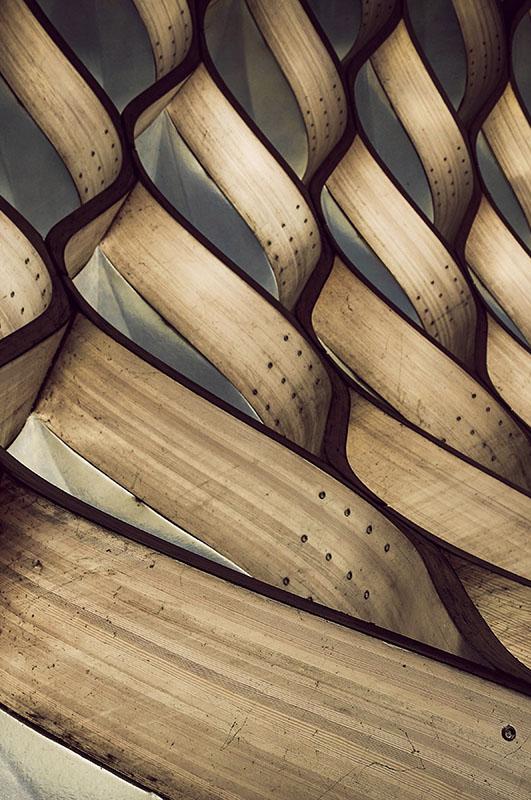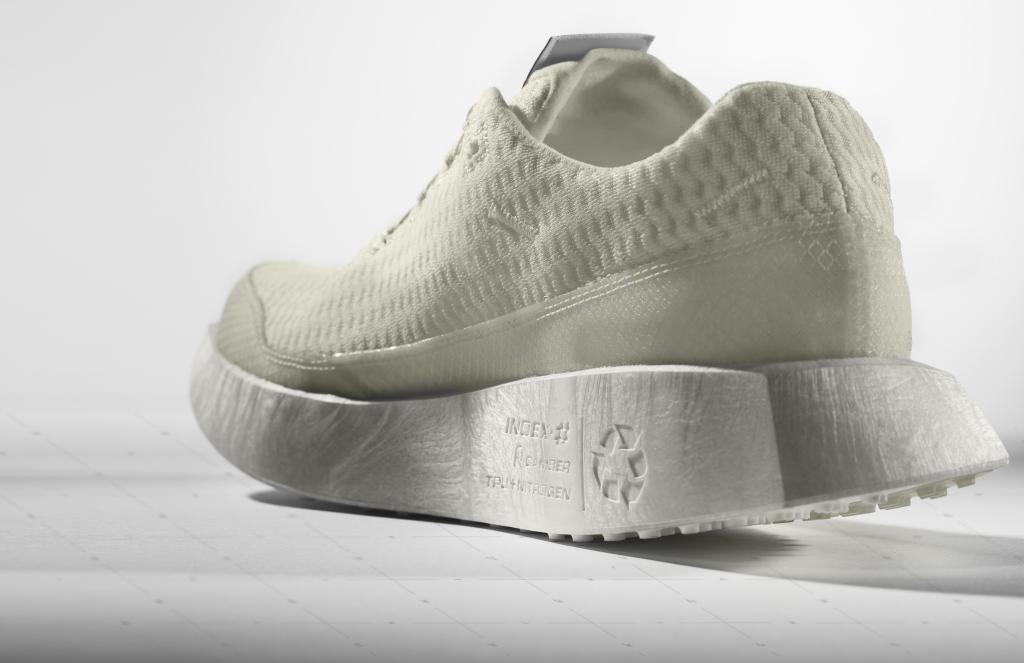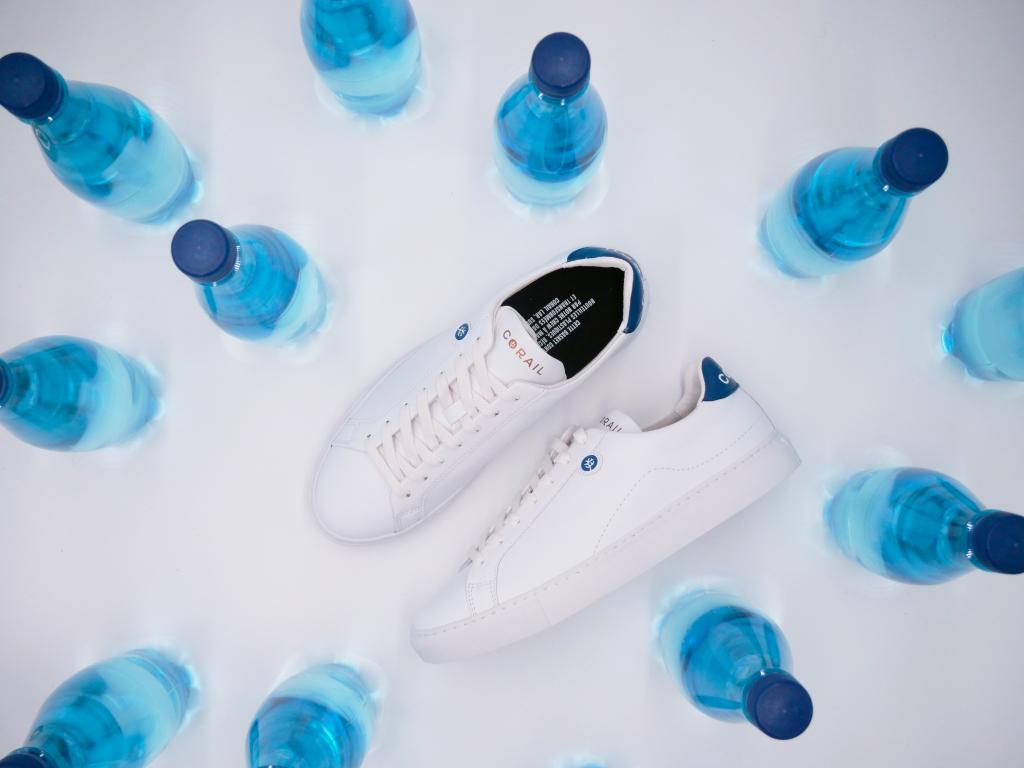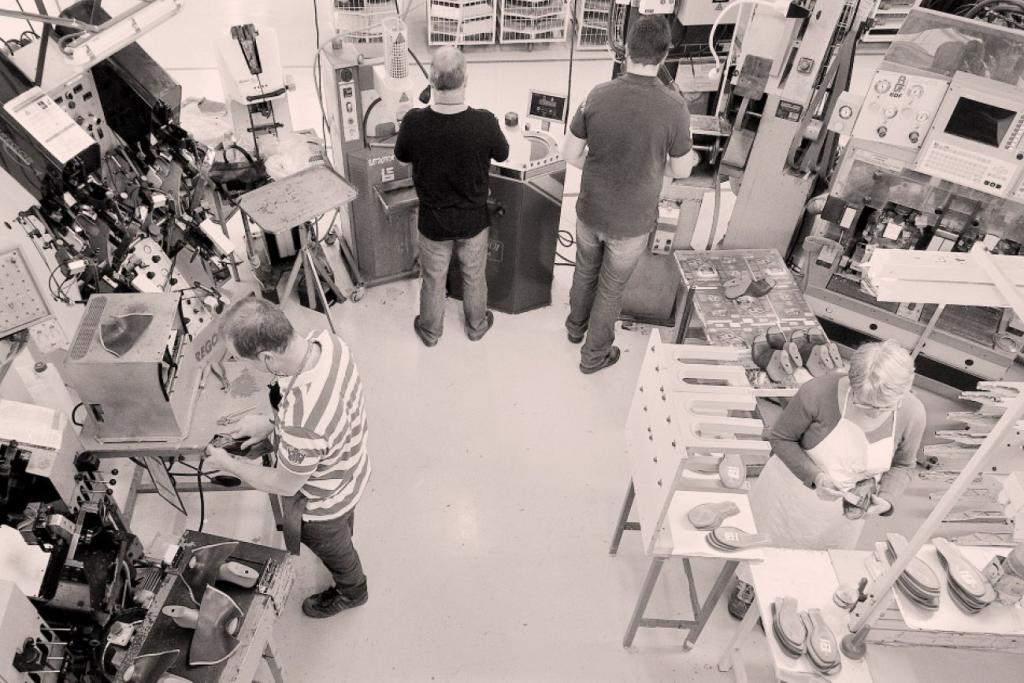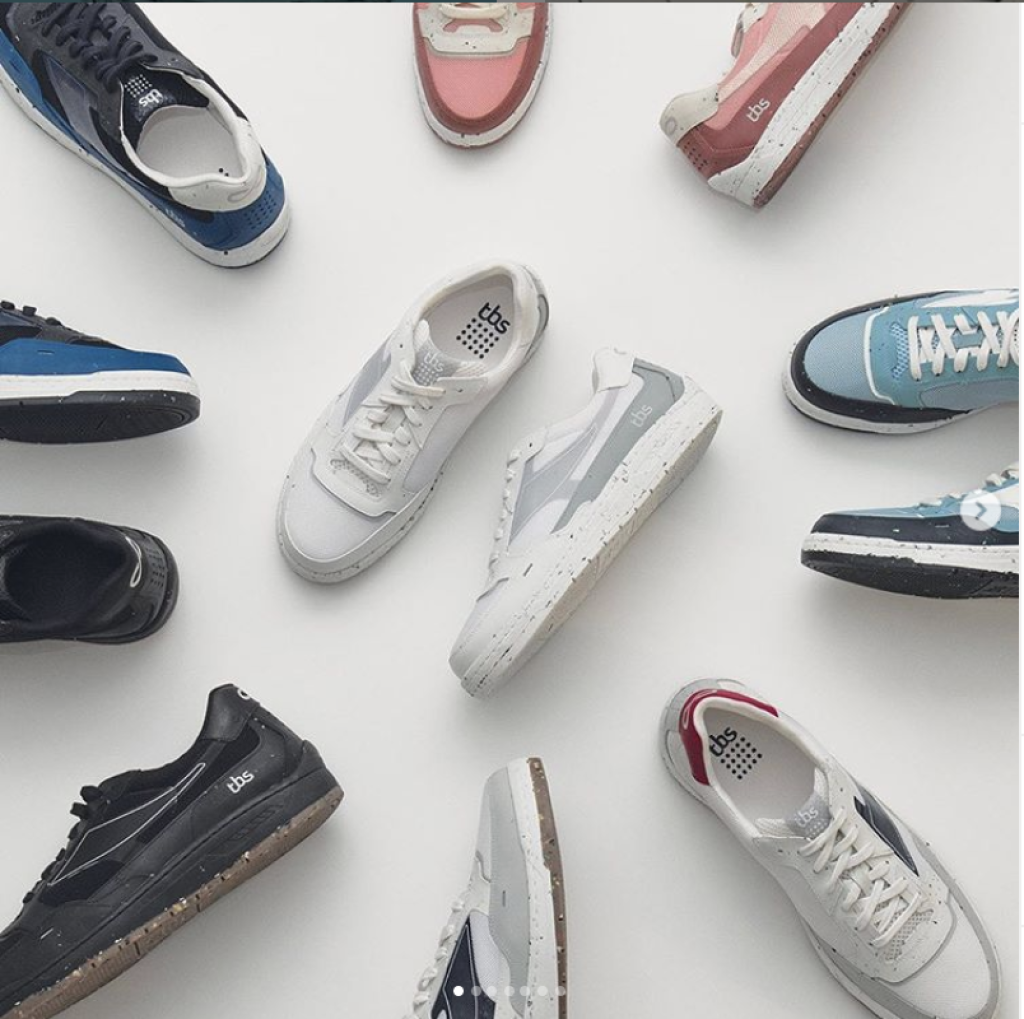Context and description
Shoes are products which are complex to recycle. In effect, they are composed of numerous pieces and are manufactured in various materials.
We estimate that 5 different materials are used to manufacture one shoe.
To date, various solutions exist for the sorting, recycling and reuse of footwear.
The role of footwear designers is therefore to reduce the elements which put a brake on recycling and propose more eco-designed footwear choices to be able to recycle shoes at end-of-life.
